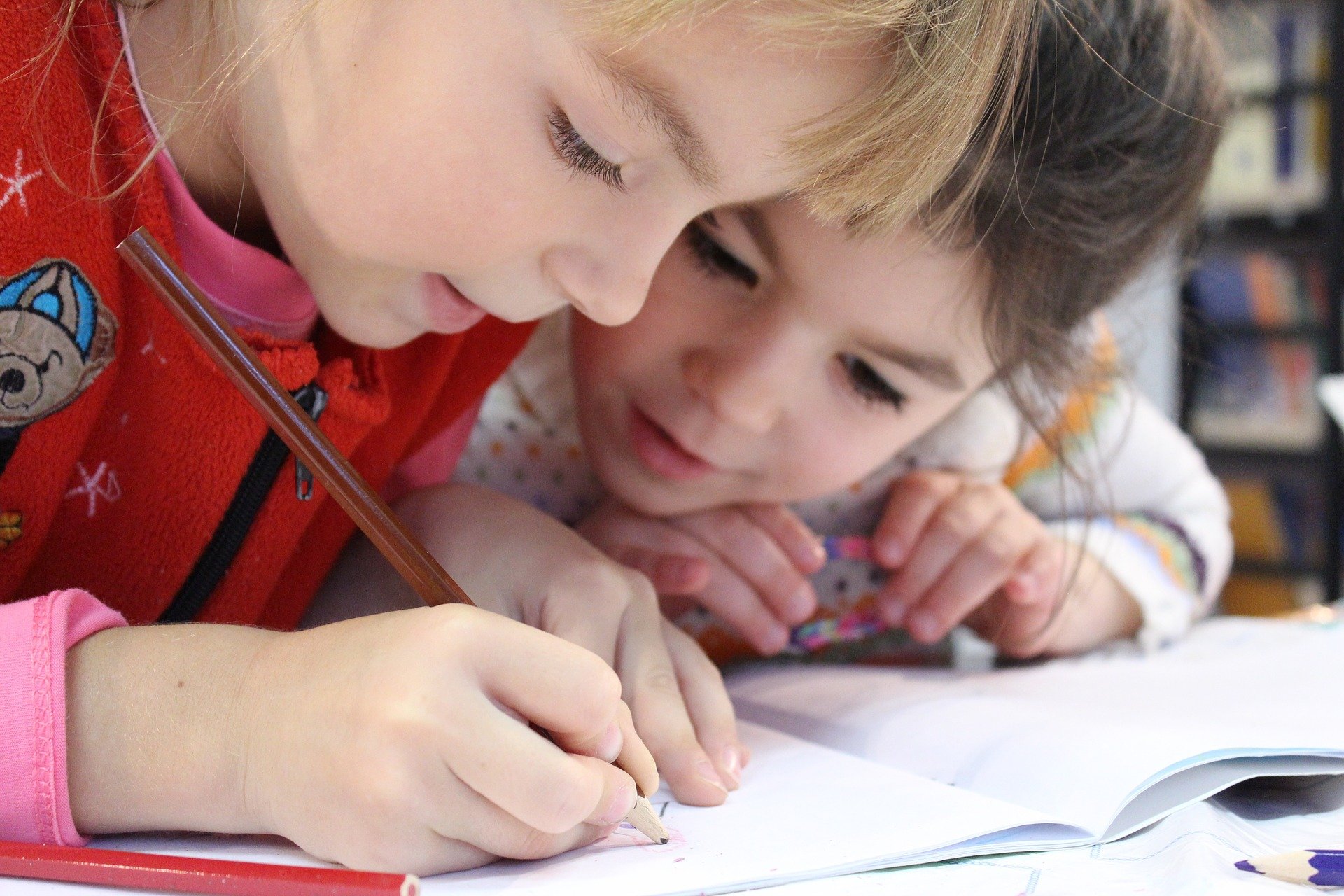Linguistic diversity is a reality in almost all our contexts and hierarchy and power relations between languages is a fact. Inside schools, this hierarchy is officially assumed as there is a language (or a variety) of schooling and languages and varieties often ignored or avoided.
These languages or varieties, to be used at home or within specific communities are not expected to be used in formal learning, not to express knowledge, to show performances or to be used in scholar assessment. In fact, a huge part of our students have very rich linguistic repertoires but their school success (or failure) is built and measured in one single language: the language of instruction/language of schooling.
There is no knowledge without its expression and the linguistic expression is per se part of the knowledge as all disciplines and domains have specific vocabulary and rhetorical structures. Students cannot acquire knowledge and develop competences if they do not know the language; the use of different languages is an asset in learning processes.
In Portugal, there are specific and clear ministerial guidelines to promote the Portuguese language as second or foreign language. When collecting data for Listiac, some good practices were identified not only about the promotion of the language of schooling but also about the attention given to other languages (and/or varieties) of the linguistic repertoire of students.
In all cases, languages from home, from family, from students’ origins, were used and included in teaching/learning activities. Here are some examples:
- In the first year of primary school, there were 3 Arabic speaking pupils and, with parents’ help, the entire class learned that there are different writing systems, and all were more or less euphoric because they learned to write their own name in the Latin alphabet (left to right) and in Arabic (right to left).
- In a 5th grade class (10-year-olds), 4 students were from Brazil, 3 from Cape Verde and 1 from Guinea Bissau. They were asked to retell Cinderella, using their own words in Brazilian Portuguese, in Creole from Guinea and in Cape Verdian (a former creole now officially named as language). They were somehow astonished to be allowed to use a different variety of Portuguese and the language form home in class; local students were curious about the activity and about the teacher’s intention. After this activity, all were fully aware of language varieties, and of the fact that a same story may exist in different cultures. They all learnt some words in different languages and varieties, and they felt equal because of the awareness of a common knowledge.
- In one class with deaf students, with the presence of the interpreter, non-deaf students asked to learn Portuguese sign language. All become aware of the specific features of verbal language and of sign language. One of their teachers, having lived and taught in Brazil, make them aware of the fact that even though the verbal language is almost the same in Portugal and Brazil, LGP (Língua Gestual Portuguesa – Portuguese Sign Language) and LIBRAS (Língua Brasileira de Sinais – Brazilian Sign Language) are two different languages. This is an excellent example of promotion of linguistic sensitivity for all.
Some other cases were identified, e.g. group work about names in different languages of animals and plants; naming numbers and mathematical operations in different languages. In all cases, the curriculum was respected and Portuguese language competence was promoted but with these strategies to use languages from outside in classroom learning.
These are clear evidences of the sine qua non linguistic contribution for knowledge construction even in multilingual interaction, and evidences of the promotion of metalinguistic awareness. In all cases, languages from outside were important factors to enhance learning inside the classroom and it is clear that these strategies are also very relevant for the mutual respect and for citizenship formation. These are examples of linguistical sensitivity!



